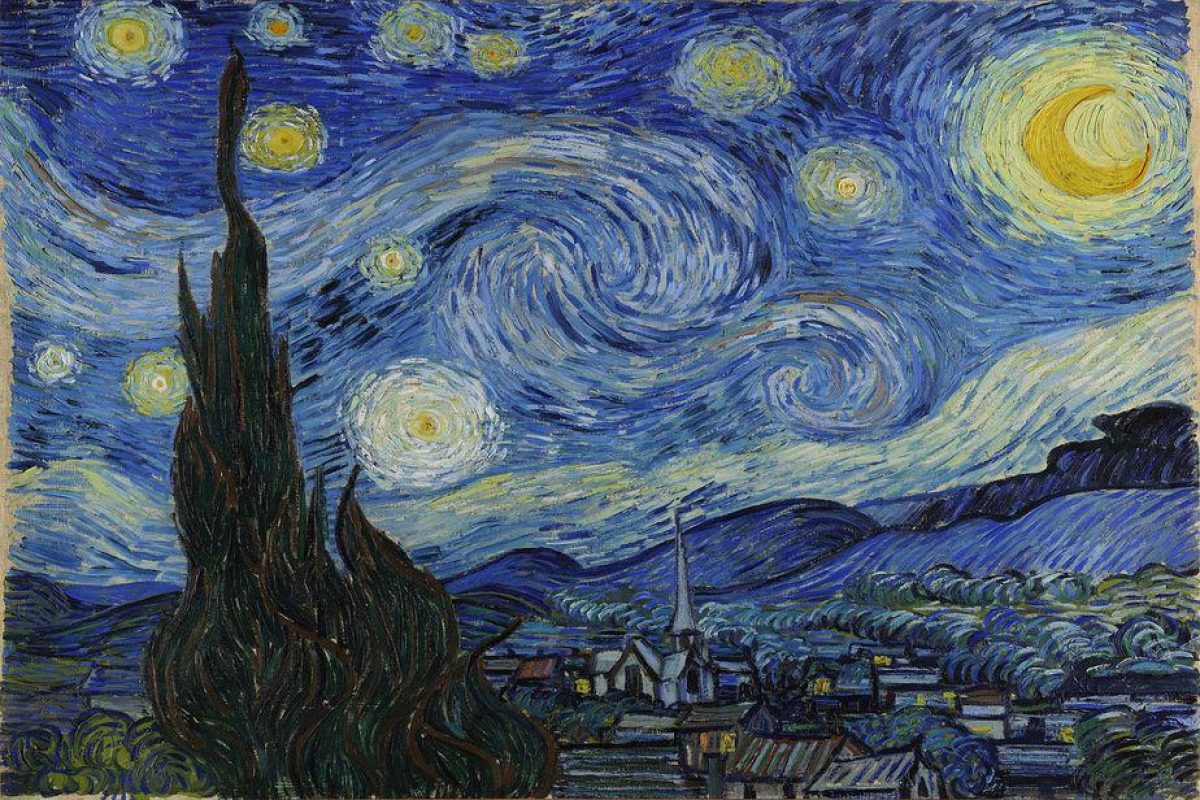Art has always been a realm where layers of meaning, hidden symbols, and encoded messages lie beneath the surface. Throughout history, artists have embedded their works with subtle references and hidden meanings, inviting viewers on a journey of discovery and interpretation. Unveiling these secrets adds a whole new dimension to appreciating and understanding renowned artworks. Let’s delve into the captivating world of symbolism in art and unearth the mysteries behind some of history’s most iconic masterpieces.
1. The Last Supper by Leonardo da Vinci
Leonardo da Vinci’s magnum opus, The Last Supper, isn’t merely a depiction of the biblical scene. If you examine the positioning of the figures and the lines of perspective, a clever use of geometry emerges. Some theories suggest hidden shapes and mathematical relationships that add depth to the narrative.
2. The Persistence of Memory by Salvador Dalí
In Salvador Dalí’s surrealist masterpiece, The Persistence of Memory, the melting clocks have been subject to extensive interpretation. They’ve been seen as symbols of the fluidity of time, the subconscious mind, and even Einstein’s theory of relativity, challenging our perceptions of reality and existence.
3. Starry Night by Vincent van Gogh
Vincent van Gogh’s Starry Night isn’t just a beautiful night sky; it’s a reflection of the artist’s tumultuous emotions. The swirling patterns and vibrant colors are believed to represent van Gogh’s inner turmoil and his battle with mental health issues during his time at a psychiatric hospital.
4. The Scream by Edvard Munch
Edvard Munch’s haunting painting, The Scream, captures an overwhelming sense of anguish and existential dread. The figure’s distorted face and the vivid, swirling background convey the artist’s deep anxiety about the modern world’s uncertainties and chaos.
5. Guernica by Pablo Picasso
Pablo Picasso’s powerful anti-war statement, Guernica, is laden with symbolism. The fractured shapes and stark monochromatic tones portray the horrors of the Spanish Civil War. Each element, from the agonized figures to the dismembered horse, symbolizes the brutality and devastation of war.
6. Mona Lisa by Leonardo da Vinci
The enigmatic smile of the Mona Lisa has fascinated art enthusiasts for centuries. Some speculate that the landscape in the background hides cryptic symbols, while others believe the painting holds secrets related to science, music, and even da Vinci’s personal life.
7. The Garden of Earthly Delights by Hieronymus Bosch
Hieronymus Bosch’s triptych masterpiece, The Garden of Earthly Delights, is a surreal exploration of pleasure, sin, and morality. Each panel is teeming with bizarre, symbolic creatures and scenes that provoke interpretations ranging from religious allegory to warnings about human indulgence and vice.
Art continues to captivate us with its ability to conceal and reveal hidden meanings, inviting us to decode the messages left by the artists. These seven iconic artworks are just a glimpse into the vast world of symbolism, inviting us to look deeper and appreciate the layers of thought and intention woven into these timeless creations.

